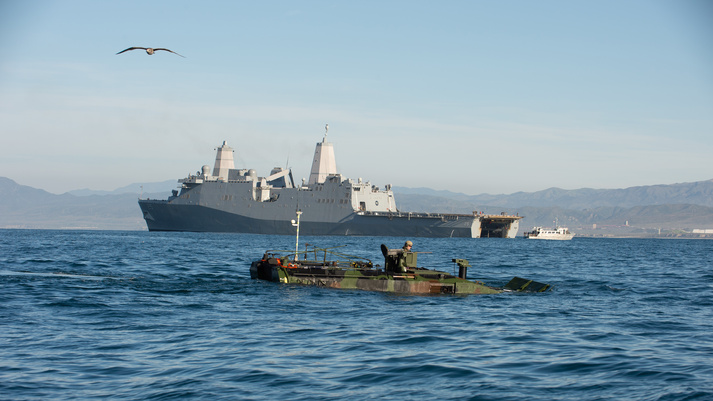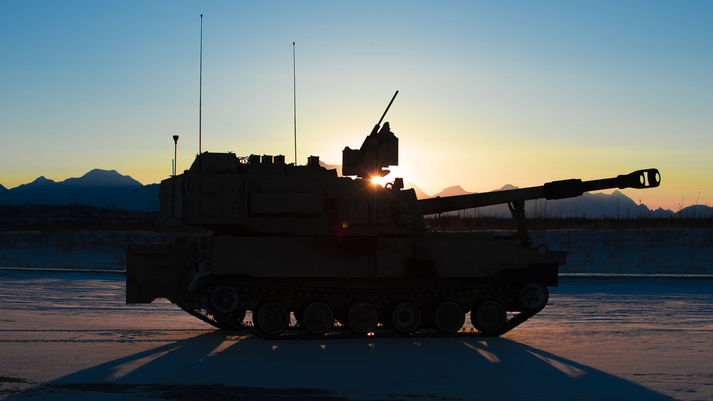BAE Systems (OTC: BAESY) has received a $184 million contract option from the U.S. Marine Corps for more Amphibious Combat Vehicles (ACV) under full-rate production. The order demonstrates the Marine Corps’ confidence in a program that is on track to deliver this critical capability to the Marines. This contract award will cover production, fielding, and support costs for the ACV personnel carrier (ACV-P) variant. BAE Systems was awarded the first full-rate production contract option in December for the first 36 vehicles. This option on that contract increases the total number of vehicles under full-rate production to 72, for a total value of $366 million.
The ACV is a highly mobile, survivable, and adaptable platform for conducting rapid ship-to-shore operations and brings enhanced combat power to the battlefield. BAE Systems is under contract to deliver two variants to the Marine Corps under the ACV Family of Vehicles program: the ACV-P and the ACV command variant (ACV-C). A 30mm cannon (ACV-30) is currently under contract for design and development and a recovery variant (ACV-R) is also planned.
The Marine Corps selected BAE Systems along with teammate Iveco Defence Vehicles for the ACV program in 2018 to replace its legacy fleet of Assault Amphibious Vehicles (AAV), also built by BAE Systems. BAE Systems was also recently awarded an indefinite delivery indefinite quantity (IDIQ) contract worth up to $77 million for the ACV program that includes the provision of spare and replacement parts, testing equipment, and other services.
ACV production and support is taking place at BAE Systems locations in Stafford, Virginia; San Jose, California; Sterling Heights, Michigan; Aiken, South Carolina; and York, Pennsylvania.

